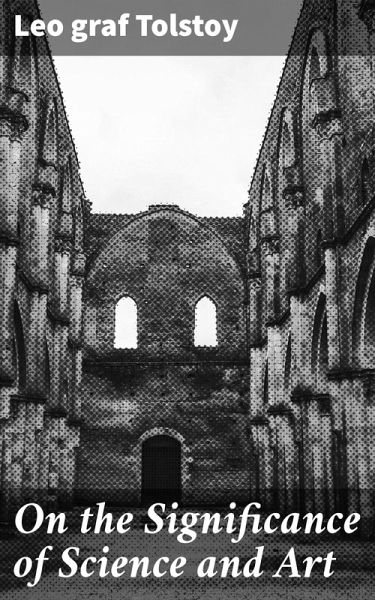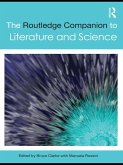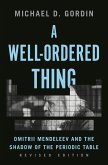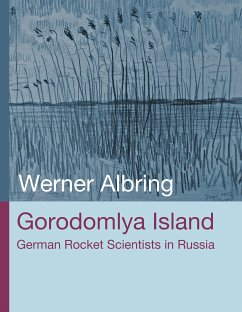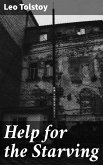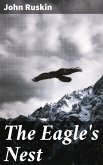"On the Significance of Science and Art" by graf Leo Tolstoy, translated by Isabel Florence Hapgood, is a thought-provoking collection of essays that examines the interplay between science, art, and human consciousness. Tolstoy's intellectual reflections delve into the philosophical implications of scientific discoveries and artistic expressions on the human condition. With Hapgood's masterful translation, this work opens up the mind of one of the world's greatest novelists to a broader intellectual discourse.
Dieser Download kann aus rechtlichen Gründen nur mit Rechnungsadresse in A, B, BG, CY, CZ, D, DK, EW, E, FIN, F, GR, H, IRL, I, LT, L, LR, M, NL, PL, P, R, S, SLO, SK ausgeliefert werden.

